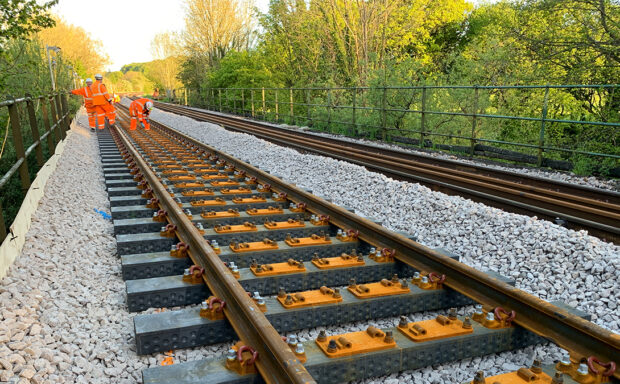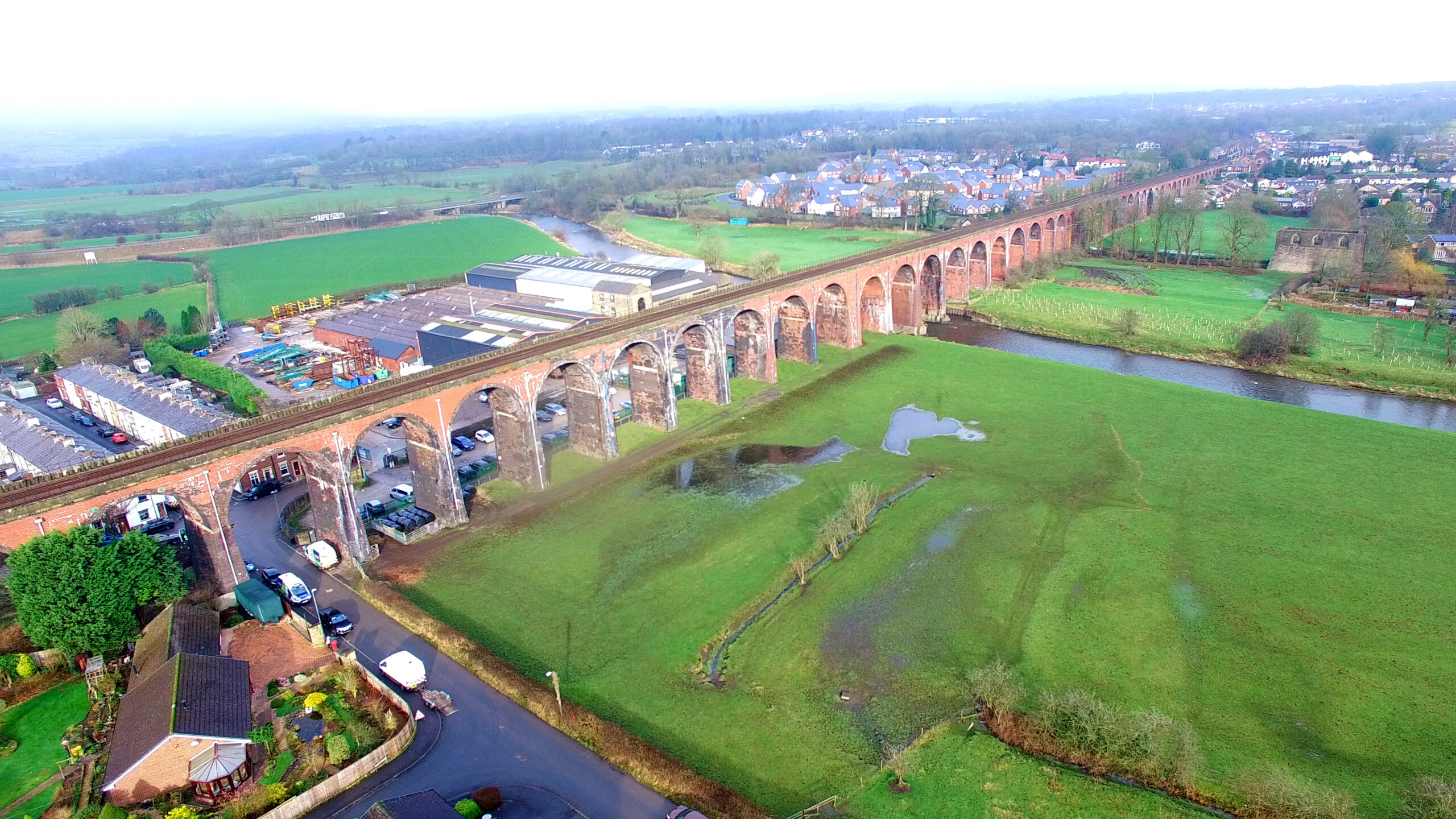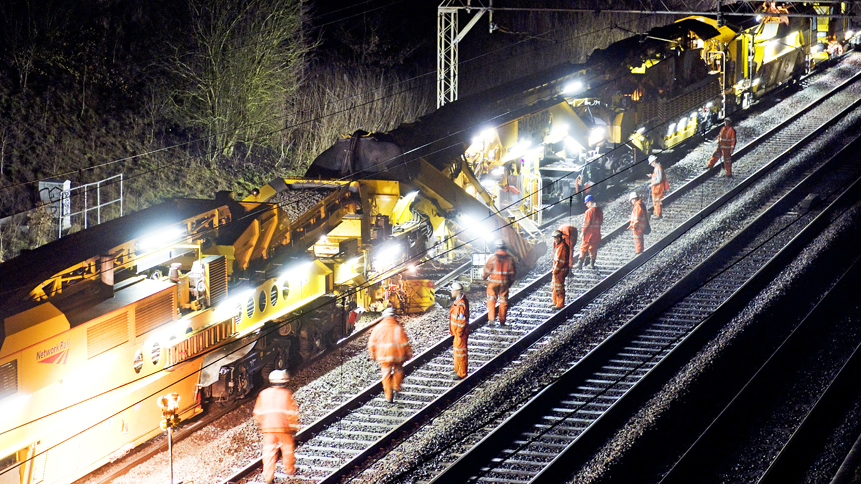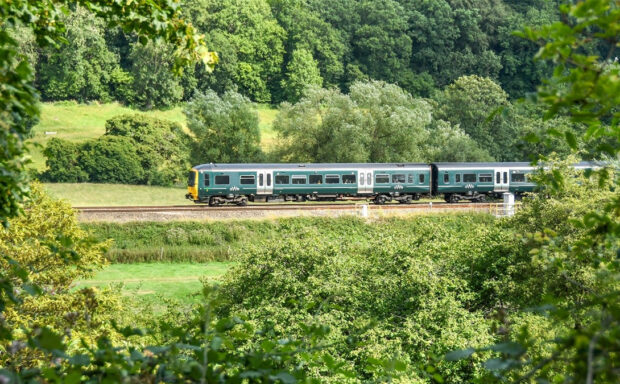We have just completed a significant stage of Britain’s biggest ever signalling upgrade, boosting capacity in the Bristol and Bath area.
Bristol Area Signalling Renewals and Enhancements (BASRE) is leading to more seats for passengers, improved reliability, and faster and more frequent services – including nearly twice as many between Bristol and London.
This month we wrapped up the latest part of the six-year project. It included the transfer of signalling – essentially traffic lights for the railway – to one of the largest and most advanced signalling centres in the country.
With the bulk of BASRE now finished, we’re planning follow-up work in the autumn around the Bristol Parkway area to deliver even more benefits to passengers.
It’s all linked to a string of upgrades for the Bristol and Bath area to create more capacity now and in the future, and to improve the train travelling experience.
Here are five ways we’re improving journeys in South West England:
Modernisation
Over the past six-years, we have worked to upgrade the signalling system in the Bristol area, disconnecting and removing old equipment from the 1960s and 1970s.
During the installation of the system for BASRE, which will lead to better and more reliable journeys, we moved its operation to a digital control centre in Didcot, Oxfordshire – it’s state-of-the-art and one of the biggest in Britain.
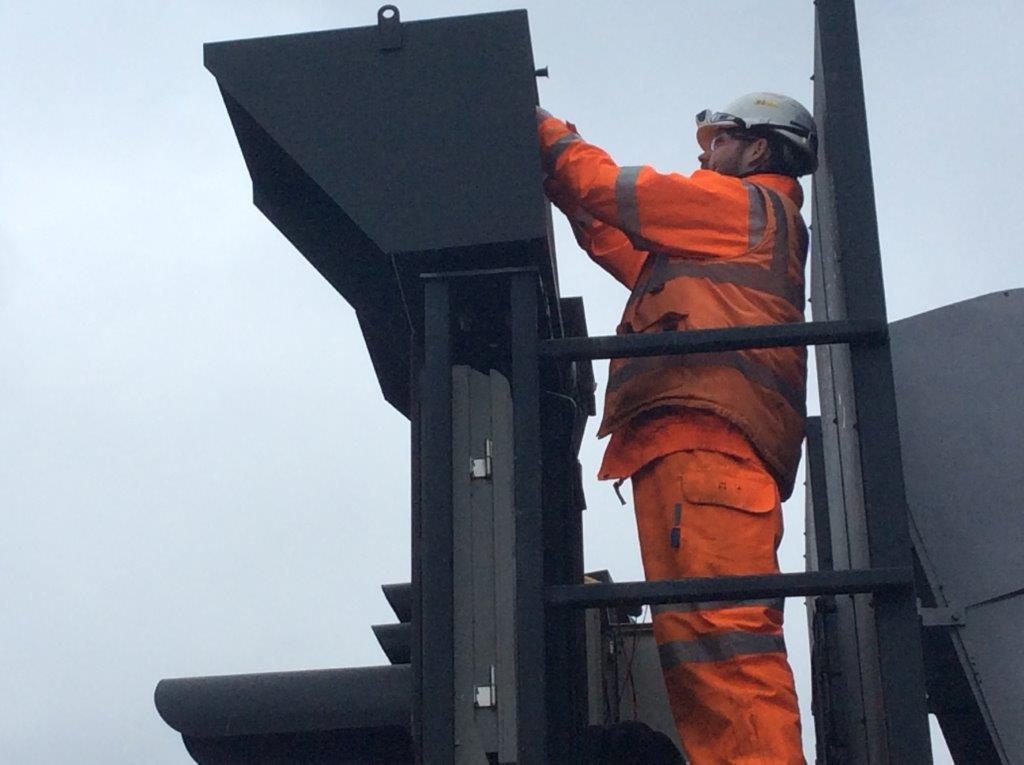
New tracks
We completed the installation of two new railway lines between Filton Abbey Wood station and Bristol Temple Meads station in December, doubling the number of lines along the route to four.
The two new train lines are helping to improve services for passengers because they enable local stopping services to run on separate lines to faster intercity services. The lack of separate lines previously often caused of delays to journeys and in and out Bristol Temple Meads.
We know delays are frustrating and we do everything we can to get passengers moving when disruption occurs. The new tracks are also helping us resume services faster when incidents happen and mean we can keep trains running during maintenance and repairs by keeping two lines open at a time.
Marvin Rees, Mayor of Bristol, said in December: “Better and faster transport connections are crucial to building Bristol’s success, ensuring accessibility to new jobs and homes and supporting inclusive growth across the West of England.”
Faster services to London
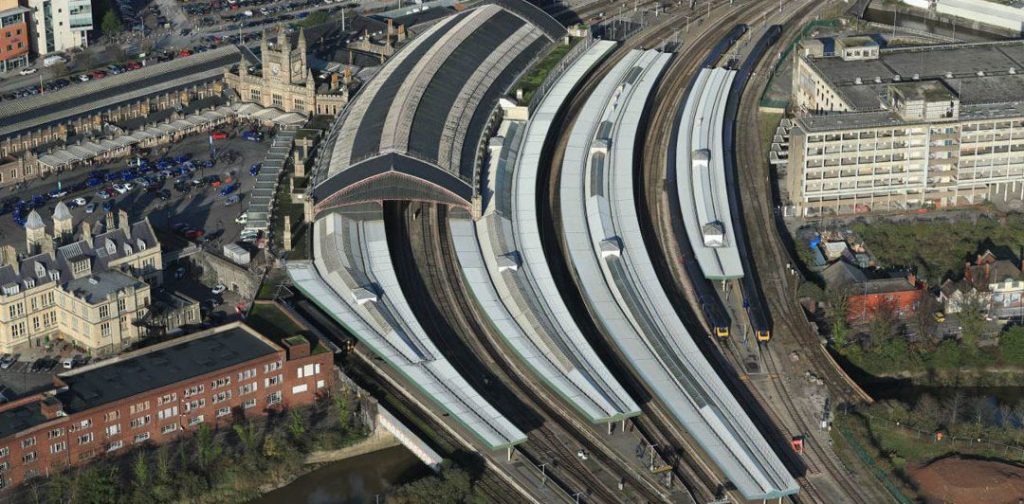
Furthermore, the extra railway lines will pave the way for non-stop services between London and Bristol.
Currently, Great Western Railway’s London Paddington to Bristol Temple Meads trains all go via Box tunnel, calling at Chippenham and Bath Spa.
The new services will instead travel via Hullavington, which will speed up journey times between Bristol and London Paddington by up to 17 minutes. They will be semi-fast trains, only stopping at Bristol Temple Meads via Bristol Parkway.
Biggest timetable change since the 1970s
This December, GWR will introduce its first wholesale timetable change since the 1970s, offering faster journey times and more frequent services.
Additional train services will cut journey times by as much as 17 minutes and reduce journey times from Bristol Parkway to just 67 minutes.
The new timetable will provide 20,000 additional seats a day through Bristol Temple Meads, and 15,000 through Bristol Parkway.
To help this, we’re installing bi-directional signalling near Bristol Parkway. The crucial technology will give the flexibility for trains to run in both directions on the same piece of track, creating more capacity.
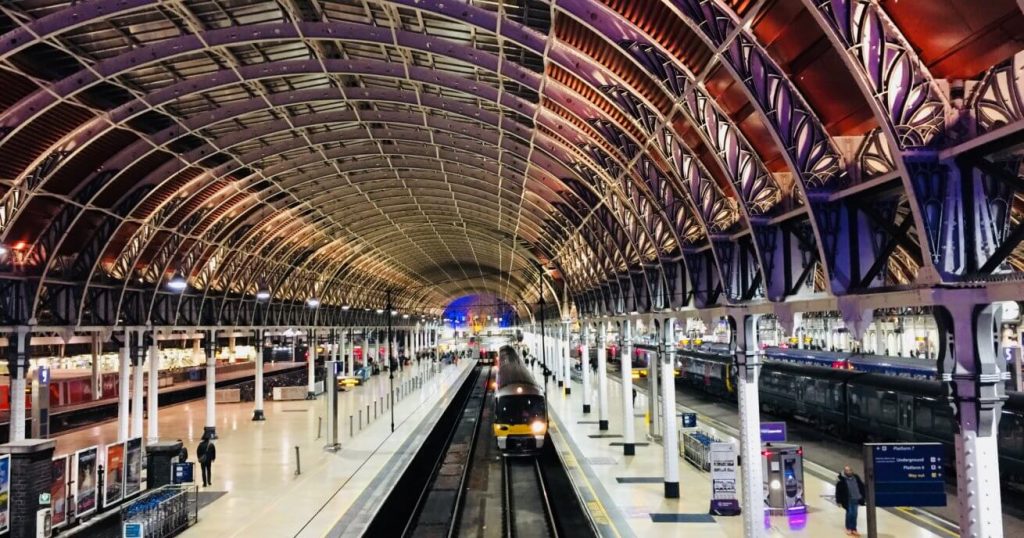
It will also allow them to access all four platforms at Bristol Parkway station from Filton Abbey Wood.
Station improvements
In December we opened two new sets of ticket gates at Bristol Temple Meads to make it easier for passengers to get on and off the station and reduce congestion during peak travel times.
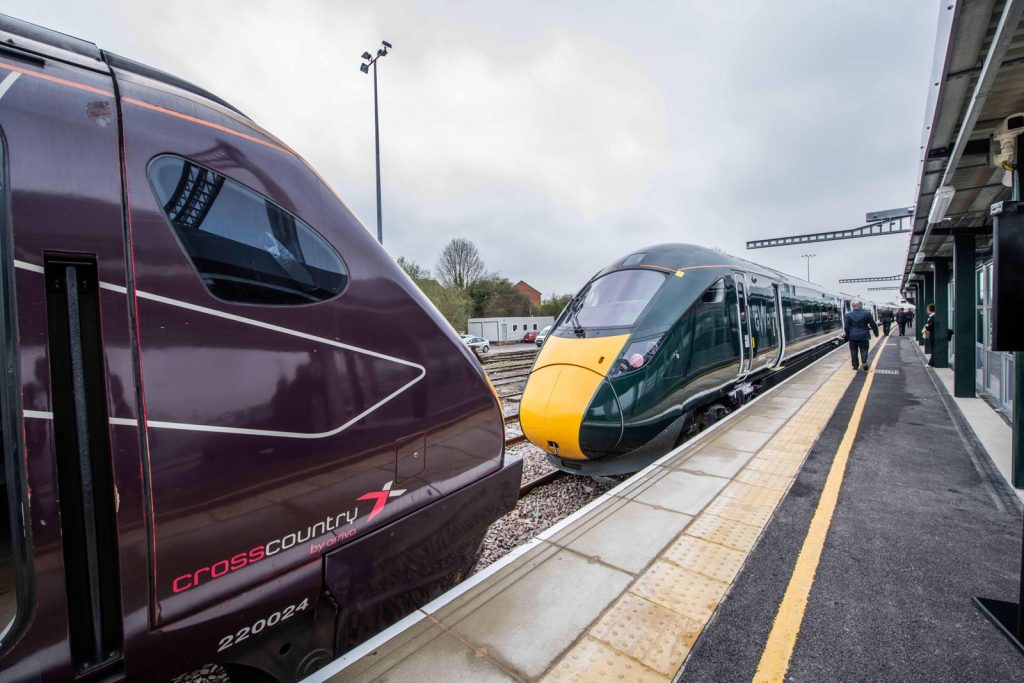
In total, on platform three, we installed eight additional ticket gates at the new Bonapartes entrance and six at Queen Anne Gate. Both locations include two wide aisle ticket gates to improve accessibility.
In spring last year, we officially opened a new platform at Bristol Parkway station for a more frequent train service on a more resilient network. Meanwhile, improvements to the track layout at Bristol Parkway are also helping freight companies.
In April 2017, we widened both platforms at Bath Spa station, which has increased capacity for the passengers before the arrival of the first Intercity Express trains. We also reduced the stepping distance between the train and the platform edge.

